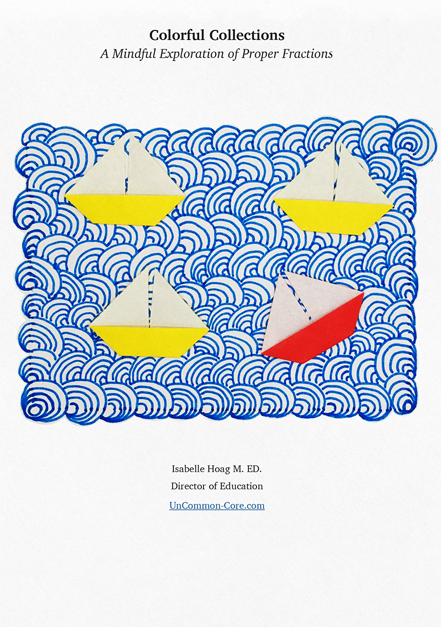
TH Followed by Silent E Will be Voiced transcript
The difference between voiced and unvoiced sounds is important in English. The more your students know about voiced and unvoiced sounds in English, the easier it will be for them to learn about the impact of final silent E on words that end with TH.
You might want to start with one of the voiced and unvoiced pairs which is easy to identify. This has the added advantage of teaching your students about the connection between the letter V and the final F in words such as leaf, loaf, shelf, and wolf. The only difference between /f/ and /v/ is that one sound is voiced and the other isn’t.
Invite your students to lightly place their thumb and fingers on either side of their voice box in order to feel the difference between voiced and unvoiced sounds.
Bring their attention to the placement of their lips, teeth, and tongue as they say each sound. Point out that both sounds are made by placing the top teeth on the bottom lip. The only physical difference between /f/ and /v/ is that the /v/ is voiced.
Another important voiced and unvoiced pair is /s/ and /z/. Repeat the process shown above to help your students get a feel for voiced and unvoiced sounds. The only difference in the sounds /s/ and /z/ is that the /z/ is voiced and /s/ is not.
Give your students plenty of time and practice identifying voiced and unvoiced sounds.
Remind them that the final silent E can have more than one purpose in a word. Then let them explore how words that end with TH are changed when a final silent E is added.
| Words Ending with TH | With final Silent E | First Function of Final Silent E | Second Function of Final Silent E |
| breath | breathe | Final silent E makes the previous vowel long. | Final silent E makes the TH voiced. |
| bath | bathe | Final silent E makes the previous vowel long. | Final silent E makes the TH voiced. |
| cloth | clothe | Final silent E makes the previous vowel long. | Final silent E makes the TH voiced. |
| teeth | teethe | Final silent E makes the previous vowel long. | Final silent E makes the TH voiced. |
| (tooth) | soothe | Final silent E makes the previous vowel long. | Final silent E makes the TH voiced. |
| (with) | blithe | Final silent E makes the previous vowel long. | Final silent E makes the TH voiced. |
| (myth) | scythe | Final silent E makes the previous vowel long. | Final silent E makes the TH voiced. |
It is important for your students to study the interaction between TH and the final silent E.
First, it demonstrates another situation in which silent E can make the previous vowel long even when there are two consonants in between.
Next, these examples bring your students’ attention to the importance of voiced and unvoiced sounds in English.
Finally, going into this amount of detail when teaching your students about final silent E lets them know that you are teaching them everything they will ever need to know about final silent E in reading and writing English. This will add to their confidence as well as their skills and understanding.
This is an excerpt from: Twelve Blue Moose: Reasons for Final Silent E ~ part of the asynchronous, online professional development courses for K-12 teachers offered by UnCommon-Core.com.
Share This Story, Choose Your Platform!
Download Colorful Collections:
A Mindful Exploration of Proper Fractions
Help your students make sense of fractions.
I started teaching in 1987, which means I’ve collected many tips and tricks along the way. In this ebook, I share concepts, strategies, and classroom materials to help you make math sticky.
Along with this useful ebook, you will receive weekly emails from StickyMath@UnCommon-Core.com. I send information like: teacher tips, educational ideas, book reviews, curated lists, reviews of educational sites, and free first drafts of products that I’m creating for my TPT store. That way, you get helpful ideas and free stuff, while I get some feedback before I finalize products and put them up for sale.
I value your privacy. I will never sell your information. You may unsubscribe at any time.
All the best!
Isabelle
Isabelle Hoag M. Ed.

